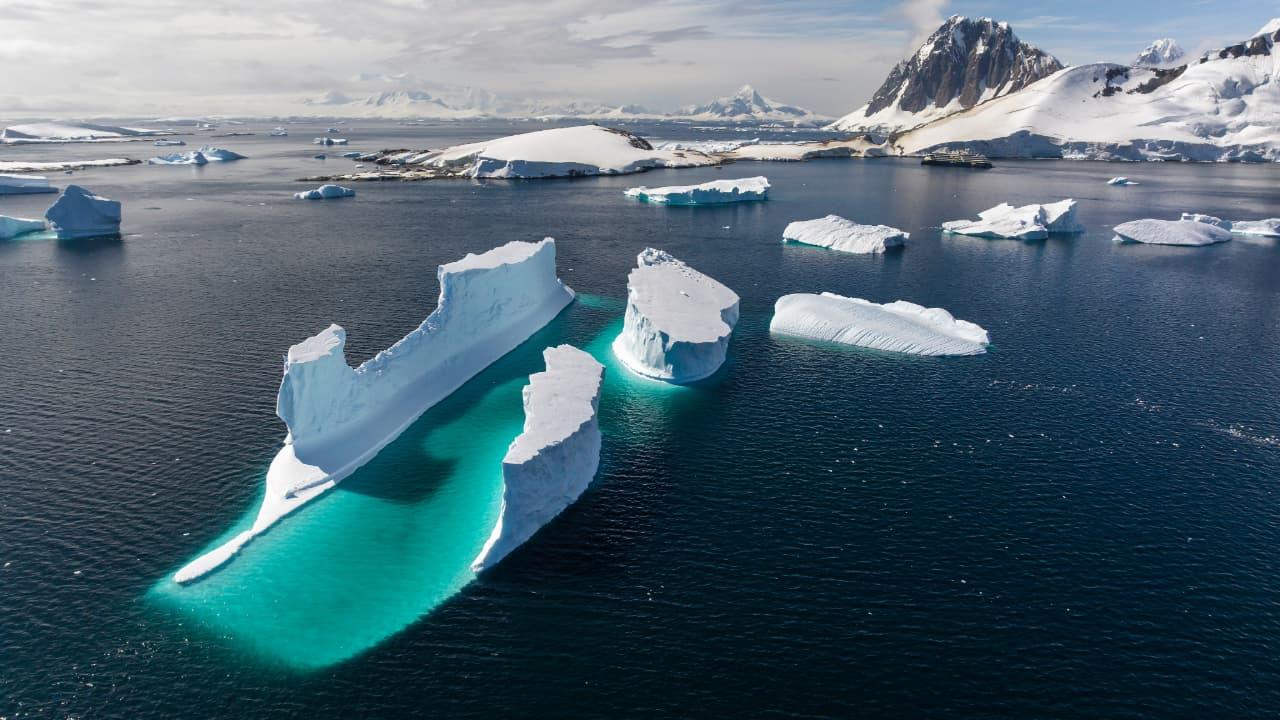Scientists Find Shocking Warming Trend In Antarctica's Coldest Region
New research shows that the central part of East Antarctica, one of the coldest and most remote regions on Earth, is experiencing faster warming than its coastal areas. The study, led by Professor Naoyuki Kurita from Nagoya University in Japan, was published in the journal Nature Communications. This finding might mean that the rate at which Antarctic ice could melt in the future is being underestimated.
The study focuses on changes in the Southern Indian Ocean that is causing warmer air to reach deep into East Antarctica.
A Hidden Hotspot in a Frozen Land
Antarctica holds about 70% of the world's fresh water which is locked in its large sheets. Over the decades, many researchers have studied climate change in the continent. However, the interior of the continent, where temperatures are much colder, has remained largely unknown because there are very few research stations there. In fact, only two interior stations, Amundsen-Scott at the South Pole and Vostok Station in East Antarctica, have collected long-term climate data.
Professor Naoyuki Kurita's team used data from three unmanned weather stations in East Antarctica- Dome Fuji, Relay, and Mizuho. They analyzed 30-year record from 1993-2022 and identified a clear trend of warming.
Temperatures Rising Faster Than the Global Average
Experts found that temperatures at these three sites increased by 0.45°C to 0.72°C per decade, a rate that is higher than the global average.
So why is East Antarctica warming so quickly?
The answer lies in the Southern Indian Ocean. The ocean has natural boundaries called“fronts,” where cold and warm waters meet. As the planet warms, these ocean fronts are becoming stronger because different parts of the ocean are heating at different rates. This change leads to more storm activity and alters air pressure patterns.
A system of low pressure over mid-latitudes and high pressure over Antarctica creates a wind pattern that pushes warm air toward the Antarctic interior. This warm air gets trapped and increases temperatures in the interior region, far from the ocean's edge.
What This Means for the Future
Current climate models do not take this warming mechanism into account. This means predictions about how fast Antarctic ice is melting may be too optimistic. Professor Kurita warns that while most coastal stations have not yet shown significant warming, the steady increase in warm air moving inland suggests that coastal areas could soon experience considerable warming and even surface melting.
Legal Disclaimer:
MENAFN provides the
information “as is” without warranty of any kind. We do not accept
any responsibility or liability for the accuracy, content, images,
videos, licenses, completeness, legality, or reliability of the information
contained in this article. If you have any complaints or copyright
issues related to this article, kindly contact the provider above.
Most popular stories
Market Research

- Bitcoin Adoption On Sui Accelerates As Threshold Network And Sui Launch Phase 2 Of Tbtc Integration
- Meme Coin Little Pepe Raises Above $24M In Presale With Over 39,000 Holders
- Schoenherr Welcomes Top-Tier CEE English Law Debt Finance Team
- Japan Buy Now Pay Later Market Size To Surpass USD 145.5 Billion By 2033 CAGR Of 22.23%
- United States Insulin Pumps Market Forecast On Share & Demand Mapping 20252033
- Mediafuse Joins Google For Startups Cloud Program To Scale AI-Driven, Industry-Focused PR Distribution






















Comments
No comment